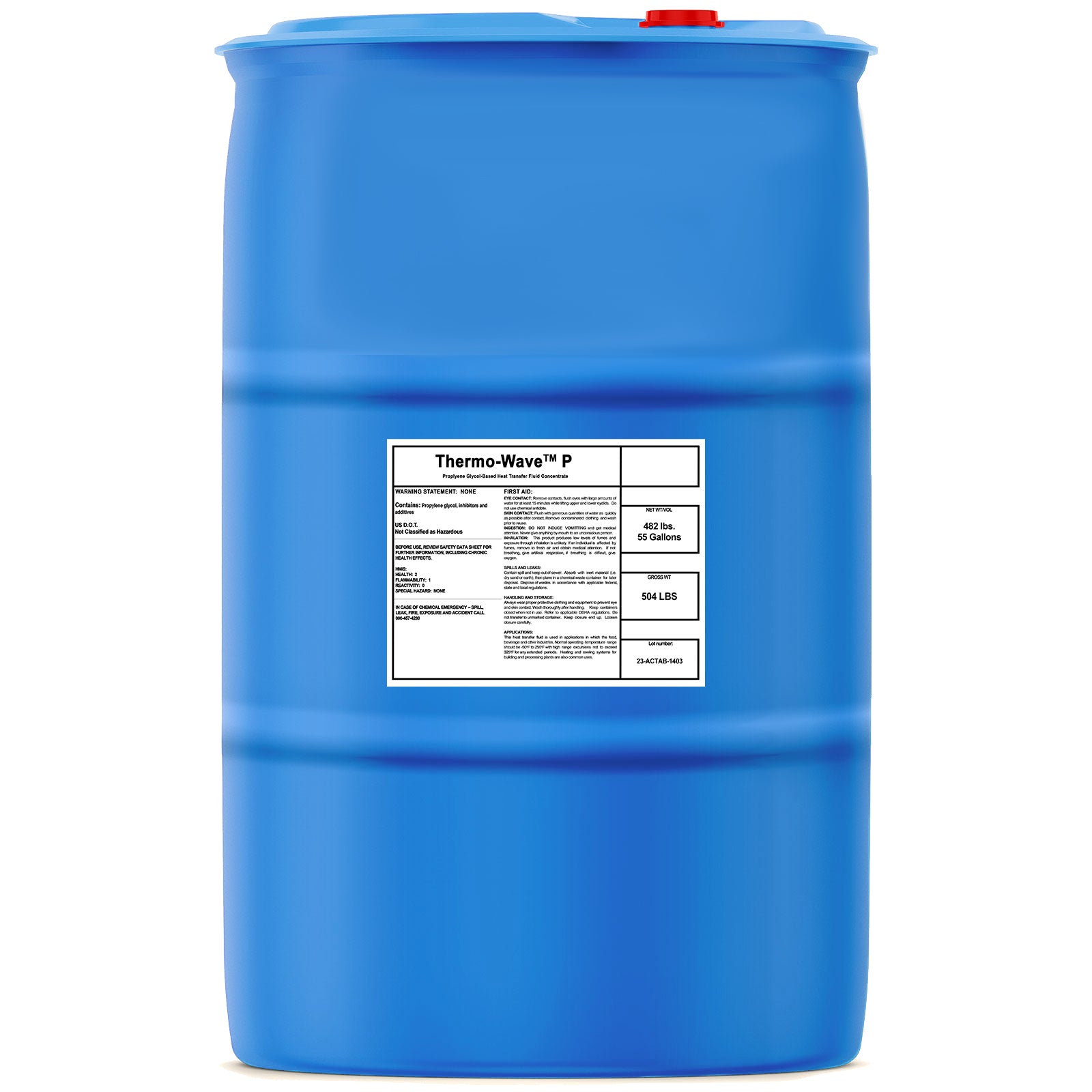Just How Warm Transfer Fluid Adds To Sustainable and Cost-efficient Workflow
In the contemporary commercial landscape, the role of heat transfer liquids (HTFs) in advertising lasting and cost-efficient procedures can not be overemphasized. These fluids are essential in optimizing thermal monitoring systems, consequently considerably improving energy effectiveness and reducing operational costs. The environmental advantages of innovative HTFs, with their high thermal stability and low toxicity, are undeniable. They not only expand system durability but also add to the decrease of damaging emissions. The real possibility of HTFs is understood via the precise choice procedure, making sure compatibility and safety and security. But what elements should lead this essential option?
Comprehending Warm Transfer Liquids
In the realm of thermal management, warmth transfer fluids (HTFs) offer as necessary agents for moving thermal power from one location to an additional. These fluids play a pivotal function in various industrial applications, including chemical handling, power generation, and A/c systems.
The composition of warm transfer fluids can differ substantially, including alternatives such as mineral oils, synthetic oils, glycols, and molten salts. Each kind provides distinctive advantages, such as enhanced thermal security, reduced viscosity, and high boiling factors, which are selected based on specific operational requirements. Furthermore, the choice of HTF effects not just the efficiency of warm transfer yet additionally the durability and safety and security of the system in which it is employed.
As industries remain to introduce, the advancement of advanced HTFs, characterized by their enhanced thermal conductivity and minimized environmental influence, is critical for satisfying the demands of modern thermal administration challenges.

Enhancing Energy Effectiveness

Improving power performance has actually come to be a paramount problem across different industries, triggering a closer assessment of warm transfer liquids' function in enhancing thermal monitoring systems. These liquids are important to maintaining the desired temperature level in processes, thus lessening power waste and improving total system efficiency. By choosing a proper heat transfer liquid, industries can dramatically boost their energy performance, causing minimized power usage.

Advanced formulations of heat transfer liquids have been established to endure extreme temperature levels while preserving stability and performance. These advancements prolong the functional life-span of the liquid, minimizing the frequency of substitutes and energy-intensive maintenance tasks. In addition, making use of synthetic or bio-based liquids uses fringe benefits in terms of lowered ecological impact, straightening with worldwide sustainability goals. Boosting energy performance through ideal warmth transfer fluid option is not just a technological necessity however additionally an environmental necessary.
Lowering Operational Costs
Operational expenses are a significant consideration for sectors seeking to keep competitive advantage, and the choice of warm transfer liquid plays an essential function in price monitoring. Choosing a proper warmth transfer fluid can cause considerable expense financial savings by boosting system performance and lowering power intake. High-performance liquids minimize thermal degradation, which in turn decreases the frequency of fluid replacement and downtime connected with maintenance, thus reducing operational costs.
Additionally, warm transfer liquids with remarkable thermal security and deterioration resistance extend the life expectancy of tools. This reduces the requirement for regular fixings and replacements, which can be expensive and turbulent to procedures. By spending in premium liquids, sectors can attain lasting decreases in maintenance costs and improve the reliability of their systems.
In addition, advanced warmth transfer fluids frequently display lower thickness at running temperatures, which improves pump effectiveness and reduces energy usage in liquid flow. This optimization of power consumption straight equates into lowered operational prices. Several contemporary warmth transfer fluids are crafted to operate properly over a broad temperature level variety, decreasing the demand for several fluid kinds, thereby enhancing inventory needs and reducing linked costs. These aspects collectively add to link more lasting and economical procedures.
Environmental Effect Decrease
The push towards lowering ecological impact has acquired energy in sectors leveraging heat transfer fluids. Firms are increasingly acknowledging the relevance of lessening eco-friendly impacts by taking on lasting practices. Warmth transfer fluids (HTFs) play a critical duty in this shift, offering chances to improve power efficiency and minimize exhausts. By picking HTFs with high thermal security and reduced toxicity, sectors can ensure minimal leakage and deterioration, hence decreasing hazardous environmental launches.
Moreover, using advanced heat transfer fluids adds to better system effectiveness, minimizing the general energy intake. This decrease not only causes expense financial savings yet likewise reduces co2 discharges, assisting in the fight versus environment change. Fluids that are biodegradable and recyclable additionally enhance sustainability initiatives, as they lessen waste and promote circular economy practices.
In addition, integrating HTFs into closed-loop systems protects against fluid loss and contamination of the surrounding atmosphere. This strategy makes certain that fluids are recycled, minimizing the demand for brand-new sources and limiting waste generation. By welcoming these environmentally conscious methods, markets can substantially decrease their ecological effect while preserving high functional efficiency, straightening with global sustainability goals and regulative needs.
Selecting the Right HTF
Selecting the ideal heat transfer fluid (HTF) is a vital action in progressing environmental sustainability within industrial processes. The selection of HTF straight influences system efficiency, power usage, and environmental impact. A perfect HTF must have a high thermal capacity, reduced viscosity, and high thermal conductivity to make sure efficient warm transfer. check here In addition, its stability over a broad temperature range is vital to avoid destruction, which can result in increased emissions and waste.
This ensures durability More hints and minimizes upkeep prices. The fluid should be non-toxic and naturally degradable, decreasing its ecological footprint and making certain conformity with environmental laws.
Final Thought
